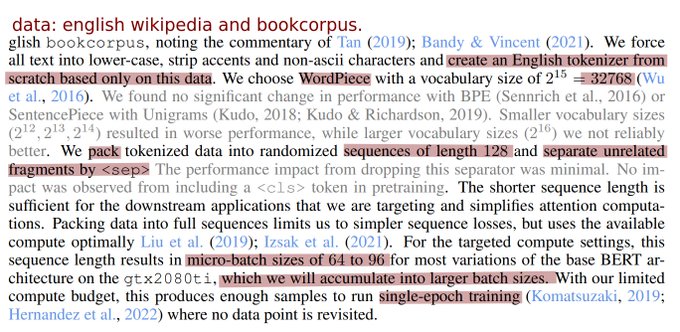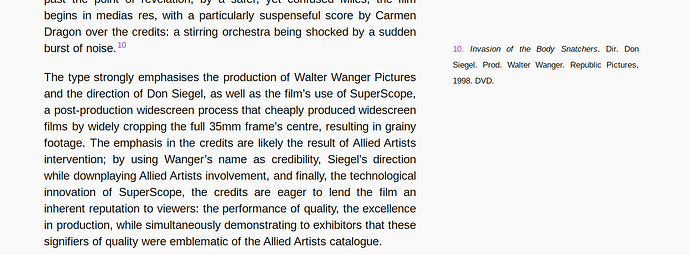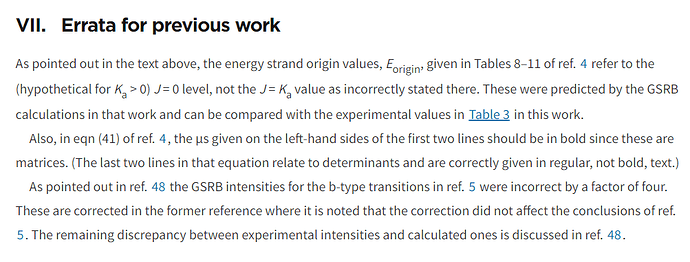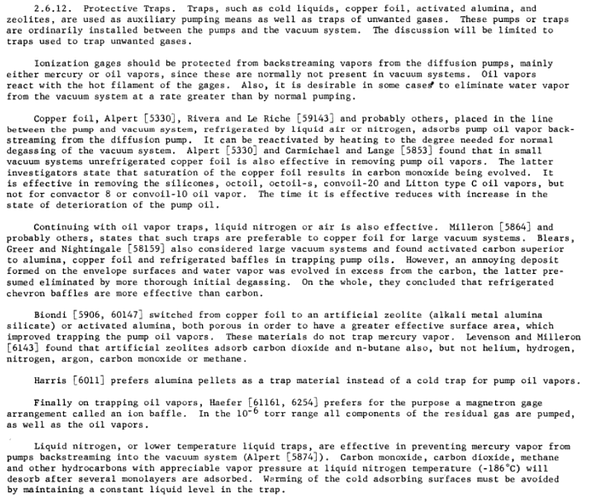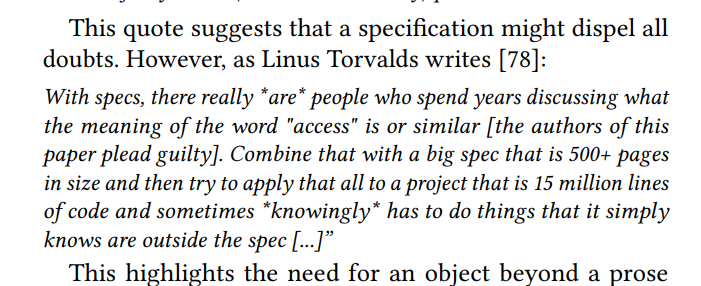https://mobile.twitter.com/giffmana/status/1608568387583737856
- I am a big fan of the gray text passages for things that were tried but didn’t work.
Not a journal article, but still a neat technique that I’ve seen in a few papers: split the text, put citations beside the body:
CLS student presentation - cool structure - what was expected, what wasn’t expected
Frightening Small Children and Disconcerting Grown-ups: Concurrency in the Linux Kernel
Frightening Small Children and Disconcerting Grown-ups | Proceedings of the Twenty-Third International Conference on Architectural Support for Programming Languages and Operating Systems
This seems to be a fascinating and anomalous paper.
It makes extensive use of inline block quotes and hyperlinks.
This is something you don’t find a lot in science, but I think getting things “straight from the horse’s mouth” really helps in many situations.
it’s in vogue to use a bit of AI artwork to break a long wall of text in an article. This always makes me feel kind of weird when I encounter it. I suppose this is in analogy to the sidebar or centerspread graphics that litter magazines or newsprint.
Above is a very classy alternative; a <h>, but so big that it acts much like a tabloid “dropped cap”.
